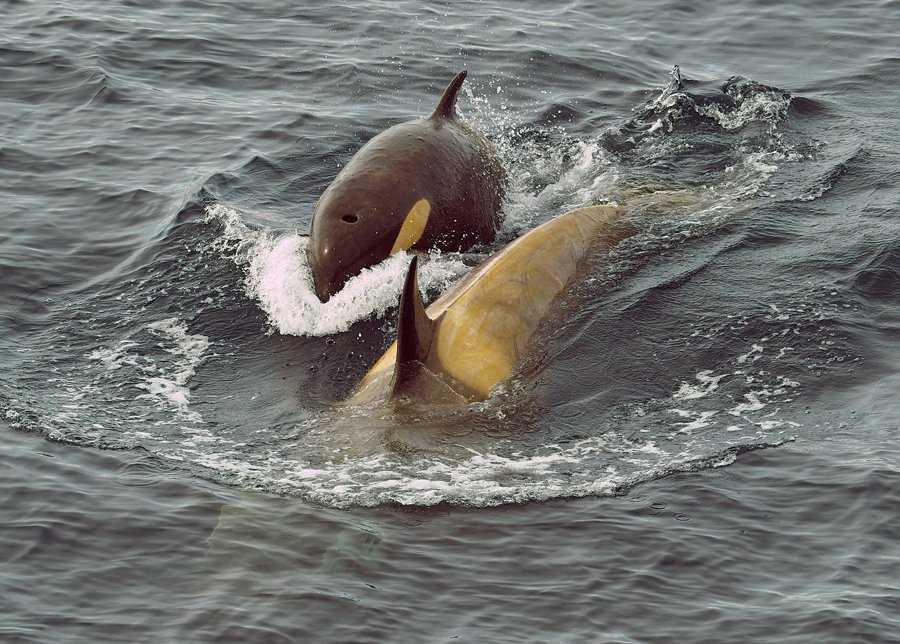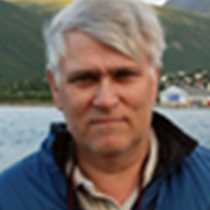As the wake-up call came through the PA system we had sailed, overnight, east along the northern tip of Antarctic Peninsula and through the Antarctic Sound. This body of water was first described by Dumont d’Urville during his French expedition in 1840. Because sea ice prevented him from continuing through he recorded this body of water as an inlet, but in January 1902 the Swedish Antarctic Expedition was able to reach through and confirm it was actually a strait taking you into the Weddell Sea.
Yesterday was our first encounter with penguins, both chinstrap and Gentoo, but now on the cold side of the Antarctic Peninsula we landed at Brown Bluff, a bay surrounded by icebergs and glaciers, to encounter the third brush-tailed penguin and one of two true Antarctic penguins, the Adélie. As the first Zodiacs landed with eager guests it was snowing and for sure gave us a feeling we had finally reached Antarctica. As the morning progressed it slowly cleared up and either on the way to the landing or back to the warm and cozy ship, everybody was able to get closer looks at both Weddell and crabeater seals.
During lunch we continued our exploration further east and south to venture through a narrow passage teaming with hundreds of feeding penguins. As we soon reached the Weddell Sea we were surrounded by both sea ice and impressive huge icebergs. In a distance we saw huge tabular icebergs, which had broken off from the many ice shelves around Antarctica.
As the afternoon progressed, we had planned a presentation regarding one of many polar explorers to go south during the Heroic Age but we soon spotted a larger group of killer whales, type B-2 (fish & penguin feeders), and spent several hours following them. Numbers were hard to tell but more than 30. The captain was able to show how well this ship can navigate between the sea ice and icebergs, and sometimes the whales came up right beside the ship or in front of the bow to put on a remarkable show. Our killer whale research team on board launched a Zodiac and spent almost two hours on the water collecting information about these killer whales. During Recap they presented fresh scientific results from the ‘press’.
Why are these killer whales so yellowish? Here, in the cold Antarctic waters they can’t shed skin and soon diatoms will cover them creating this yellowish pattern over their white patches. In fact the whalers even called the blue whales here in the Antarctic waters ‘sulphur-bellied whales’ for the same reason.
Finally in late afternoon we were able to gather in the lounge to hear Carol Knott give her presentation on how Shackleton sank his ship. During dinner we had returned to “iceberg alley”, Antarctic Sound, and as we made it westerly we were surrounded by grand tabular icebergs and distant blows by humpback whales with the blue sky and sun slowly setting towards the northwest. How could a day be better? Our first true Antarctic day came to an end and no one would go to bed disappointed today.







